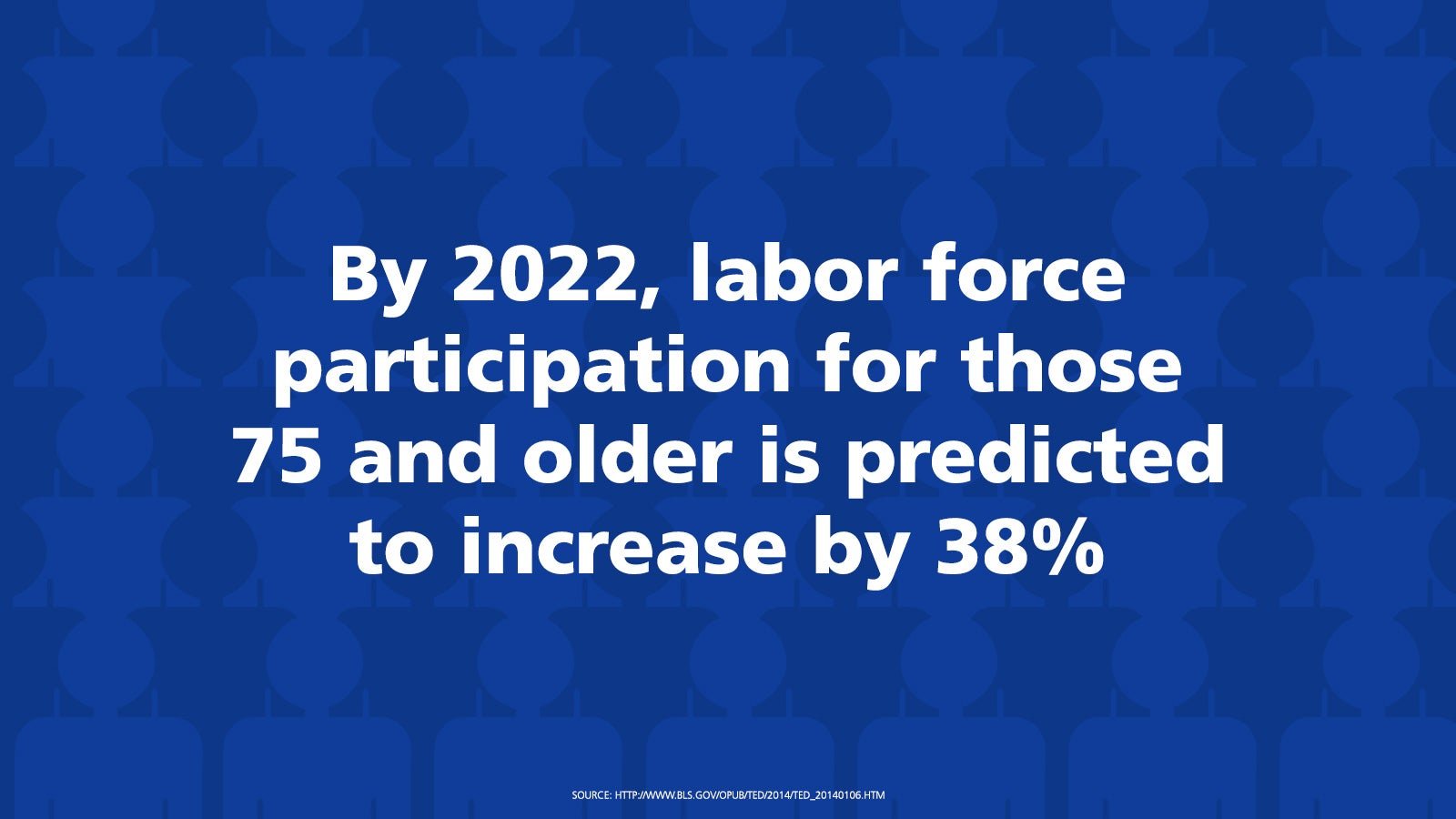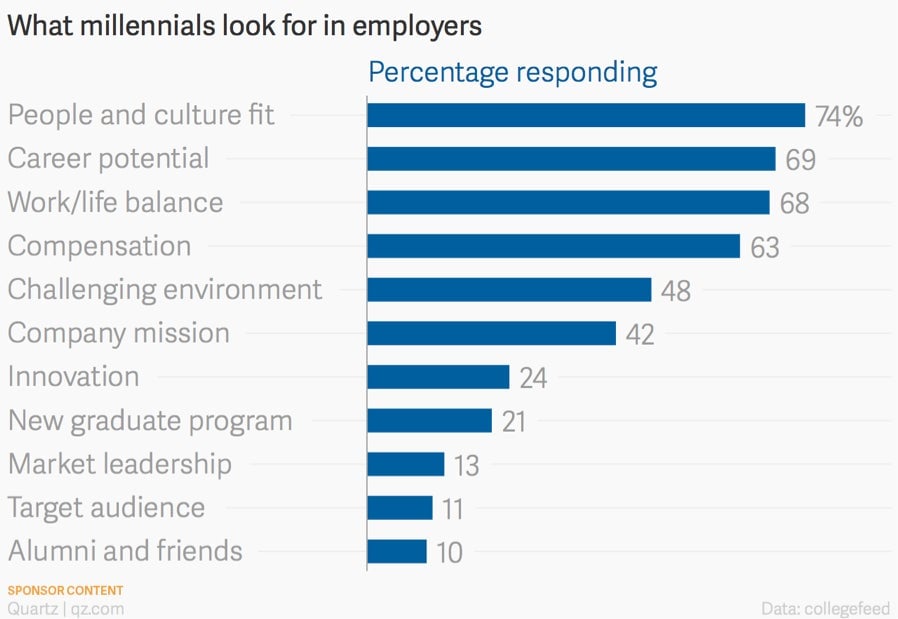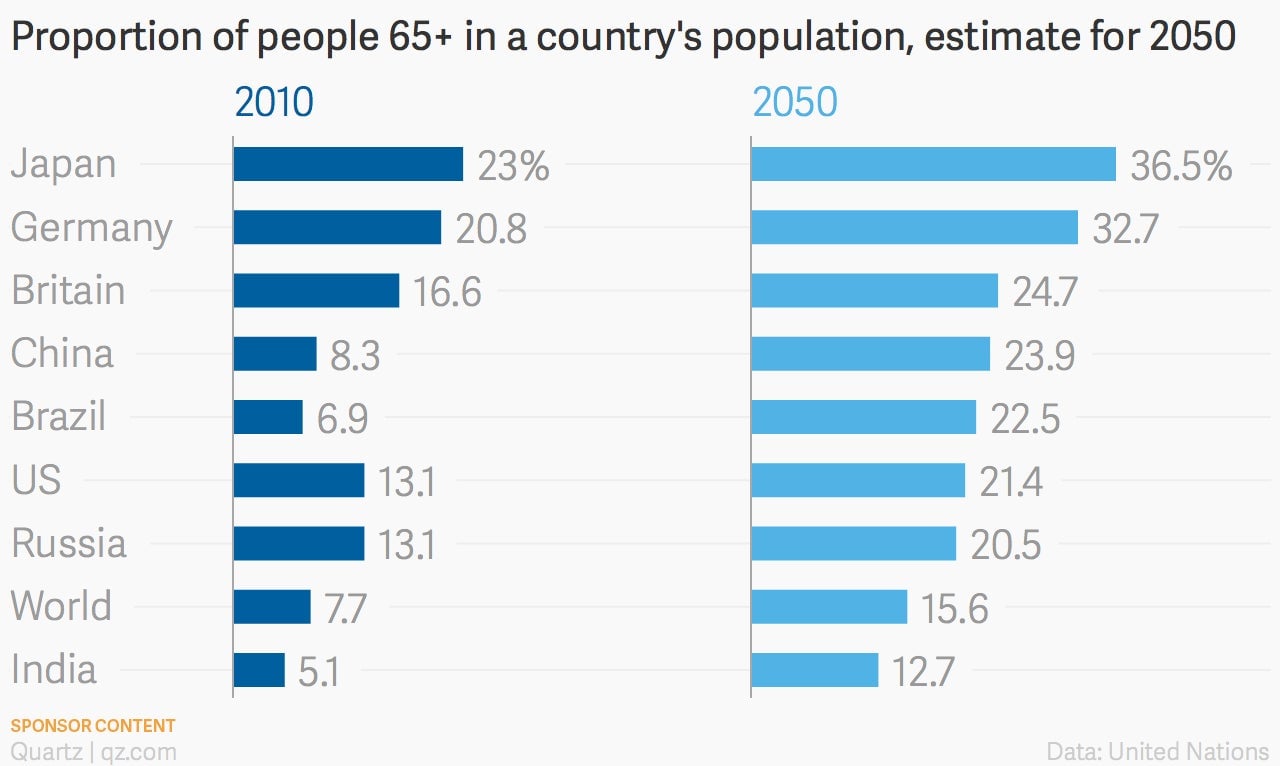The urgent need for companies to attract talent and retain potential retirees
The race for talent drives competitors into a frenzy. Established players are forced to offer new perks, hire earlier, and watch constantly for poachers as newer destinations elbow their way toward accomplished graduates.


The race for talent drives competitors into a frenzy. Established players are forced to offer new perks, hire earlier, and watch constantly for poachers as newer destinations elbow their way toward accomplished graduates.
This fight isn’t just happening in the tech scene, at hip ad agencies, or in fashion and entertainment. The battle is also taking place between banks and private-equity firms and it could easily translate to healthcare, consulting, or manufacturing. The talent crunch animates countless industries.

Companies can’t just slide higher compensation numbers across the table to attract them. When one of the largest automotive corporations needed more electronics specialists to work on its electric vehicle, it used current employees’ unique accounts of their job’s personal and professional rewards to attract workers via social media and recruitment networks.
And of course, there is Silicon Valley. Young people are still flocking to tech, often at the expense of Wall Street. Its entrepreneurialism, relevance, pace, and community encapsulate targeted job traits, and rankings bear this out.
The tech talent phenomenon also gets at a key dynamic of the overall workforce–age. There is natural tension between accomplished veterans and flashy potential. One might assume it’s the threat of the latter displacing the former, but the old guard isn’t giving way anytime soon.
Older workers are healthier and more capable than ever in their later years–they’re not all simply delaying retirement for financial, post-recession reasons. Their experience has taught them work habits and productivity tricks, and developed facilities with flexible and remote work advancements, which younger workers are still getting acquainted with. And the company’s culture will be better of imbued with the elders’ loyalty.
Baby boomers’ abilities to adapt in an ever-changing workplace are keeping them significantly more engaged and productive than elder workforces of previous generations. The Bureau of Labor Statistics is projecting a rise in labor force participation for people over the age of 55 over the next decade, most dramatically for workers 75 years and older, with a predicted increase of 38%.
It will be important for companies to develop intellectual capital transition strategies that focus on leveraging the knowledge of older workers in the training and mentoring of their younger staff.
The two sides must thrive together in successful organizations. And some trends suggest that generational wars aren’t inevitable. Young employees value strong mentors, according to a UNC Kenan-Flagler Business School report. Following the path of one notable company featured in the study, organizations can establish groups that work to create relationships between employees at all levels of experience and expertise.
Alongside the rest of the world, age tensions in the US are moderate. Only a quarter of Americans think that their aging country is a major problem, according to a Pew Research Center survey. Other countries are less confident that they will be taken care of well in their later years. While the graying shift in the US is steeper than the global average, some powerful nations must address the change more urgently.

The value of long-time workers may be most stark in specialized industries like defense, where the usual limits on recruiting are exacerbated by factors like budget cuts and employee screening. All companies must work with core employees on retirement planning to avoid sudden, gaping vacancies and lost chances to transfer knowledge. The result should be a workplace that is attractive to all age groups, opening larger pools of talent to recruit from than the competition.
For more information on workforce risks, click here.
If you would like to receive alerts when new BULLETIN installments are published, sign up here.
This article was produced on behalf of Zurich by the Quartz marketing team and not by the Quartz editorial staff. Zurich neither endorses nor rejects the recommendations of the discussion presented. Further, the comments contained in this newsletter are for general distribution and cannot apply to any single set of specific circumstances. If you have a legal issue to which you believe this article relates, we urge you to consult your own legal counsel. Quartz is not a subsidiary or affiliate of Zurich.